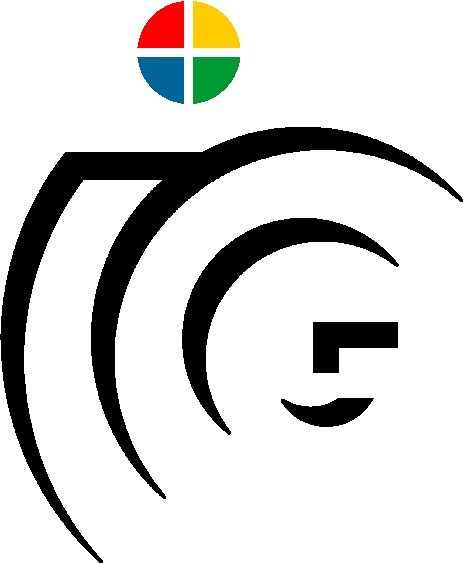In this work, we present a robust edge-based visual odometry (REVO) system for RGBD sensors. Edges are more stable under varying lighting conditions than raw intensity values, which leads to higher accuracy and robustness in scenes, where feature- or photoconsistency-based approaches often fail. The results show that our method performs best in terms of trajectory accuracy for most of the sequences indicating that edges are suitable for a multitude of scenes.
If you use our software in any of your publications, please cite the following paper:
